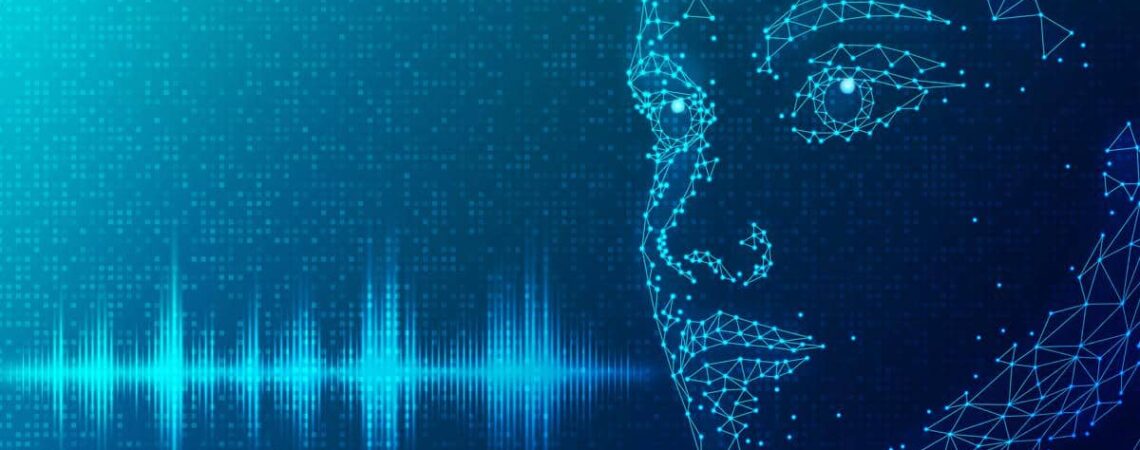
Have you ever seen a video or photo of yourself that you don’t remember taking? Or maybe you remember an event differently than those who were with you.
With the rise of deep fake technology, our memories may be more malleable than we ever imagined.
According to ExpressVPN, deepfakes are a form of artificial intelligence that can manipulate videos and images to create realistic but completely fabricated content.
Initially used for entertainment, they are used to spread misinformation and alter reality in dangerous ways.
But what happens when deepfakes start to alter our memories? As humans, our memories are fallible and often influenced by emotion and perception.
Combined with the power of deep fake technology, it’s becoming easier to create false memories that feel just as real as our actual experiences.
Below, we’ll explore how deepfakes shape our memories and the potential consequences of this ever-evolving technology.
Dangers of Deep Fakes
Creating False Memories
Deepfakes are compelling videos that can manipulate our perception of reality. They are made using AI algorithms that can alter the appearance and voice of individuals, making them say or do things they never actually did.
This can lead to the creation of false memories, where individuals remember events that never took place.
Deepfakes can be particularly effective at altering our memories when they are used to spread false information that confirms our existing beliefs or biases.
Destroying Our Trust in Memories
Deepfakes also have the potential to destroy our trust in memories. When we watch a deepfake video, we may question whether the events we remember happened or whether AI altered them.
This can lead to a decrease in our confidence in our memories and our ability to distinguish between real and falsified information.
Altering Our Perception of Reality
The impact of deepfakes on our memories can also alter our perception of reality. When we see a deep fake video, our brain processes it like it processes real events.
As a result, our memories of the events depicted in the video can become blended with our memories of real events, making it difficult to distinguish between the two.
Threatening the Integrity of Historical Records
One of the dangers of deepfakes is that they threaten the integrity of historical records.
They can be used to alter historical footage or speeches, leading to the spread of misinformation and distorting our understanding of historical events.
If deepfakes become widespread, it could be difficult for future generations to determine what actually happened in the past.
Frames Innocent People in Illegal Activities
Another dangerous prospect is that deepfakes could be used to implicate or frame innocent people in criminal cases.
A deep fake video where an innocent person appears to commit a crime could easily be made and used as evidence in court.
Even if the person is ultimately cleared of any wrongdoing, the mere existence of the deepfake video could irreparably harm their reputation and career.
How are people creating deepfakes?
With sophisticated facial recognition technology, it’s possible to create realistic deepfakes that replace actual people with fabricated versions.
This could lead to a future in which others create and manipulate our memories, making it difficult or impossible to distinguish between real experiences and those that have been digitally altered.
The implications of this technology extend beyond our memories, though. Deepfakes can also be used to create false information that is widely accepted as accurate.
This could lead to a need for more trust in news sources, social media platforms, and other sources of information.
How to recognize a deep fake?
Below, we’ll look at six ways to guide you on spotting a deep fake.
1. Facial expressions and gestures
One of the flaws of deep fake technology is that it still needs some help creating realistic facial expressions and gestures.
A deep fake video may have an unnatural flow or movement timing, making the subject’s expressions appear static, robotic, or unconvincing.
2. Eye contact
It’s incredibly challenging to get good eye contact for deep fake videos. If you look closely, the subjects’ eyes may not follow the correct angles or movements.
Likewise, the pupils’ reflections may not match the source image or video.
3. Voice
It’s no longer difficult to generate synthetic speech that accurately imitates a specific person’s voice.
However, Deepfakes still have obvious voice irregularities that can expose them. Watch for instances where the voice modulation appears too mechanical or the dialogue seems choppy or unnatural.
4. Lighting
Deepfake videos often have lighting and image quality issues. These issues persist because the manipulators have access to lower image-quality originals leading to low-quality manipulations that may expose some telltales.
5. Background
Deepfakes can be challenging to get just right. Manipulators may have to use footage from other sources to generate the Synthetic Media.
It is challenging to merge backgrounds across different sources leading to consistent and accurate pictures or videos.
Watch out for discrepancies in the background and lighting that may have slipped by the creator.
6. Source
One of the best ways to spot a deep fake is to investigate the source of the image or video.
Deepfakes are only sometimes accurate in creating source-related data. Pay attention to the file’s data structure or metadata, as well as the provenance of the video or photo when dealing with suspect content.
The Bottom Line
Deepfakes are becoming increasingly sophisticated and prevalent, threatening our memories and ability to distinguish between real and falsified information. The danger of deep fake derived memories is a real and serious threat to society.
We must be aware of this technology and its potential applications in our daily lives.
By understanding its implications and taking action to prevent its misuse, we can ensure that this technology doesn’t take control of our memories, our relationships, and our lives.


